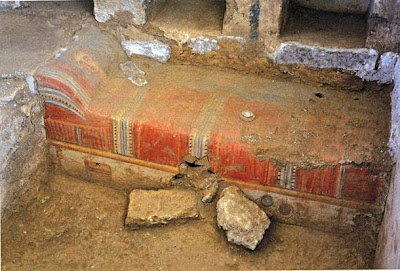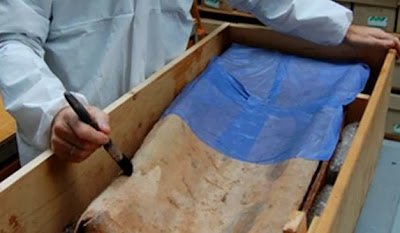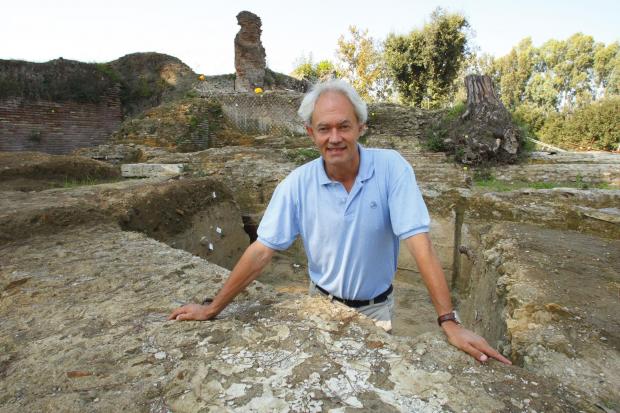A woman was left gobsmacked when she learned the gold ring she stumbled across in a field was 2,000 years old.
 |
| The ring is made of Roman gold [Credit: Camilla Lundin] |
Lundin took the ring home and showed her husband, who also didn't believe it was anything special. But Lundin took a picture which she sent to her brother, who immediately told her it was a treasure.
"When he told me it was an ancient gold ring, it felt like a gift from the underworld," Lundin told The Local. "It was my magnificent ring. I didn’t want to give it up."
Read the rest of this article...








